|
September is a special time of year in Palau. The Siberian breeding season has come to an end for a host of migratory species of wading birds, terns, and herons. To escape the onset of winter and ravenous continental predators, flocks of birds take to the wing and fly South on their annual migration. Many of these birds find their way to Palau with precision accuracy to spend the winter in our Micronesian tropical paradise. Other species use Palau as a fueling station where they fatten up on insects, crabs, frogs, and other delectable items before continuing South to Australia or New Zealand. These transitory species are known as Passage Migrants. For some species like the Bar Tailed Godwit this may represent a one way flight distance of over 11,500km. Like any weary traveler, Palau's migratory species show up exhausted and near starving. Our sand flats, mud flats, fresh water ponds, and grasslands provide critical habitat for these fascinating, annual, feathered arrivals.
One of these species in particular makes for an exceptional case study. The Swinhoe's Snipe breeds in Northern Siberia in June & July flying as far South as Northern Australia in the winter. Yes, there truly is a species known as a Snipe. In fact there are at least 25 described species of these wading birds found within three genera. The Snipes are all characterized by a long bill with which they probe into the mud for a variety of invertebrates. Impressively, their bill is equipped with highly specialized filaments leading to sensitive nerve cells. Thus even when the bill is submerged in mud or water and completely out of sight, the Snipes can detect their prey by feel! They even have the ability to feed with their bill closed using a slurping action to deliver prey through their straw like bill. Photographing a snipe can be a monumental task. They are highly cryptic, excessively shy, and difficult to approach. They tend to hide in tall grasses and marsh lands and will disappear into the bush when they feel threatened. When pushed to flight, they take off with monumental speed all the while making numerous cuts and dives. Nineteenth century hunters found them so difficult to shoot on the wing, that any marksman who could knock a Snipe out of the sky became known as a sniper. No kidding, that's the origin of the word Sniper! Palau's commitment to protecting wetland habitat gives the snipes and their migratory relatives a fighting chance at survival in the midst of an ever changing global environment. Take the time to get to know some of our visitors and their fascinating life stories. The migratory birds add another chapter to Palau's global appeal as a wildlife sanctuary and pristine natural habitat.
0 Comments
Your comment will be posted after it is approved.
Leave a Reply. |
Categories |
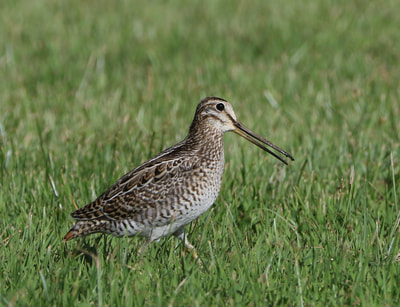
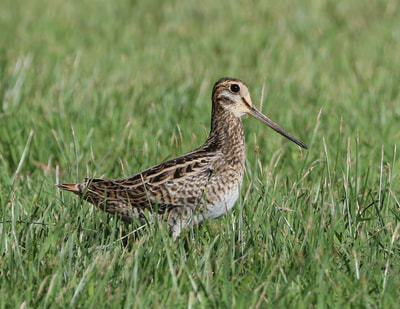
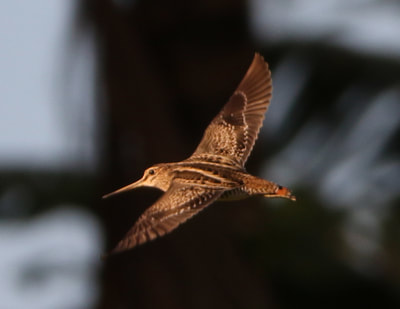
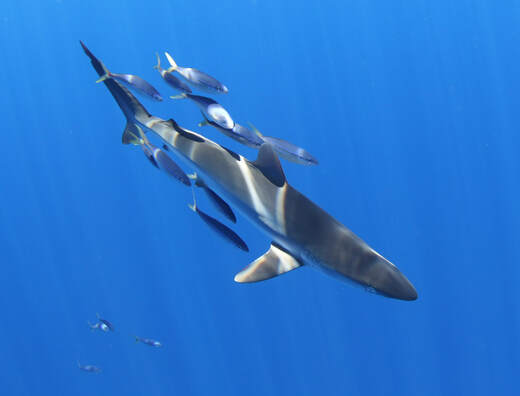
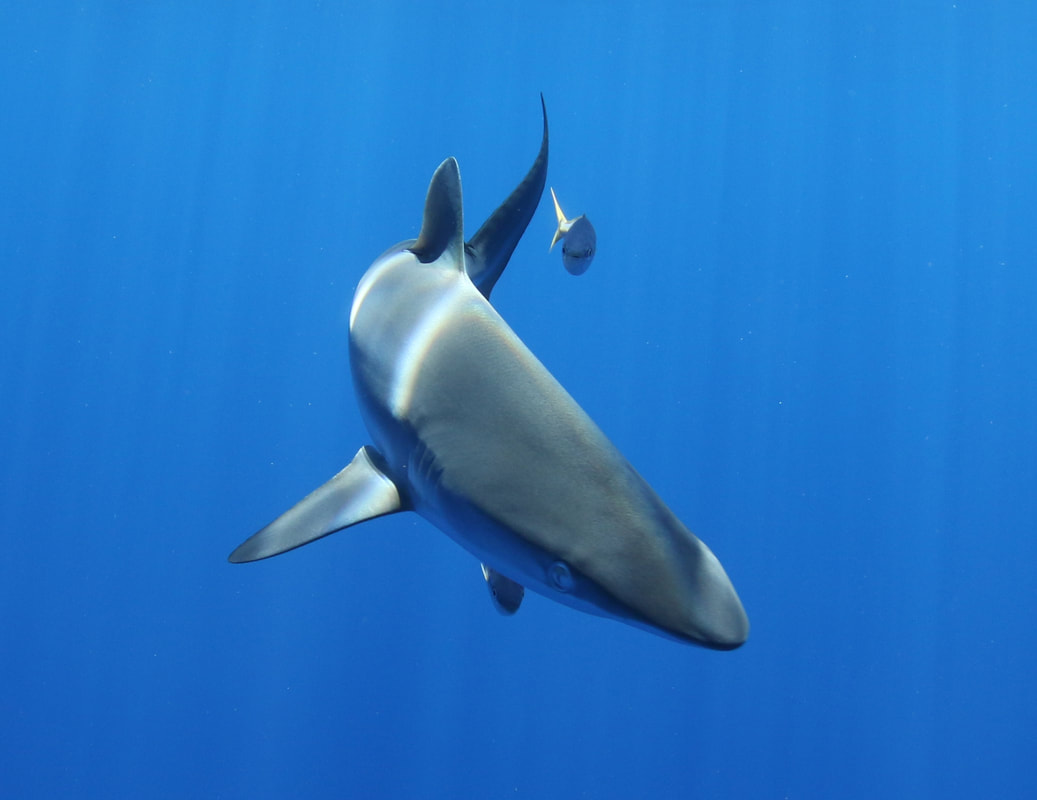
 RSS Feed
RSS Feed